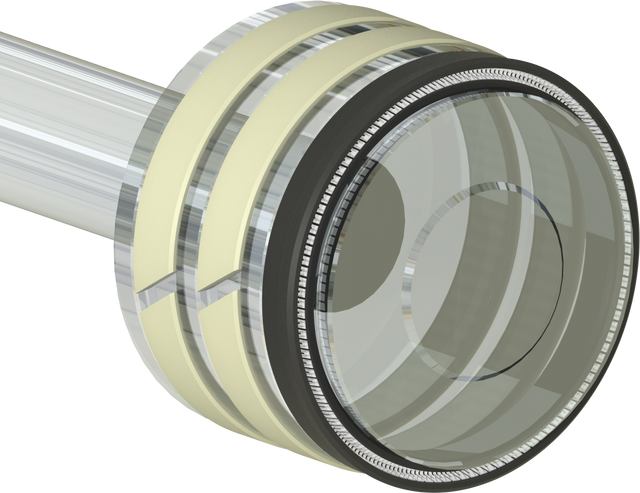Landscape lighting is an essential element in creating an inviting and beautiful outdoor space. It not only enhances the aesthetics of your yard but also provides safety and security during the nighttime hours. With the right lighting design, you can transform your landscape into a stunning and functional area for relaxation and entertainment.
One of the key benefits of landscape lighting is its ability to highlight the architectural features of your home and the natural beauty of your surroundings. By strategically placing lights around trees, shrubs, and other focal points, you can create a visually appealing and dramatic effect. If you are searching for the perfect landscape lighting in Lake Geneva, you can browse https://twilightsolutions.com/services/landscape-lighting/.

In addition to enhancing the beauty of your outdoor space, landscape lighting also provides practical benefits. Illuminating pathways, stairs, and entrances with low-level lights can help prevent accidents and improve safety when navigating through your yard at night. Moreover, well-placed lighting can deter potential intruders and provide peace of mind by ensuring a well-lit environment around your home.
When it comes to landscape lighting, there are a variety of options to choose from. From stake lights and path lights to spotlights and floodlights, each type of light serves a different purpose and can be used to create different effects. It's important to consider the size and layout of your yard, as well as the desired lighting effects when selecting the appropriate lighting fixtures.

